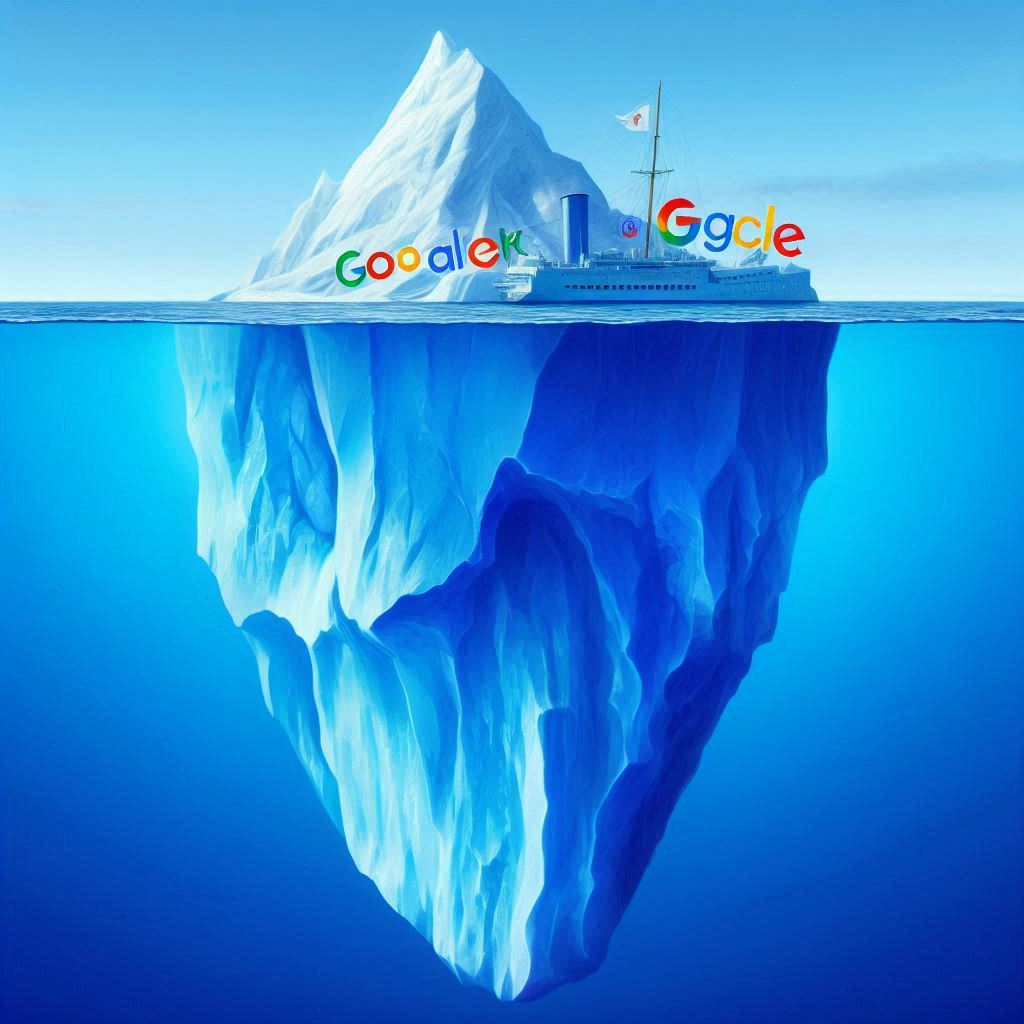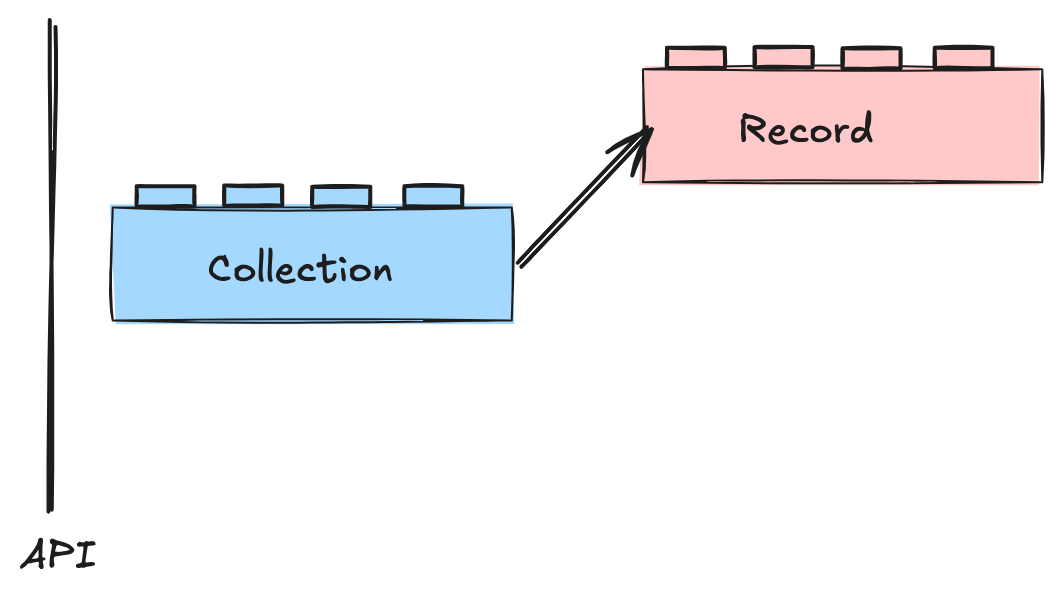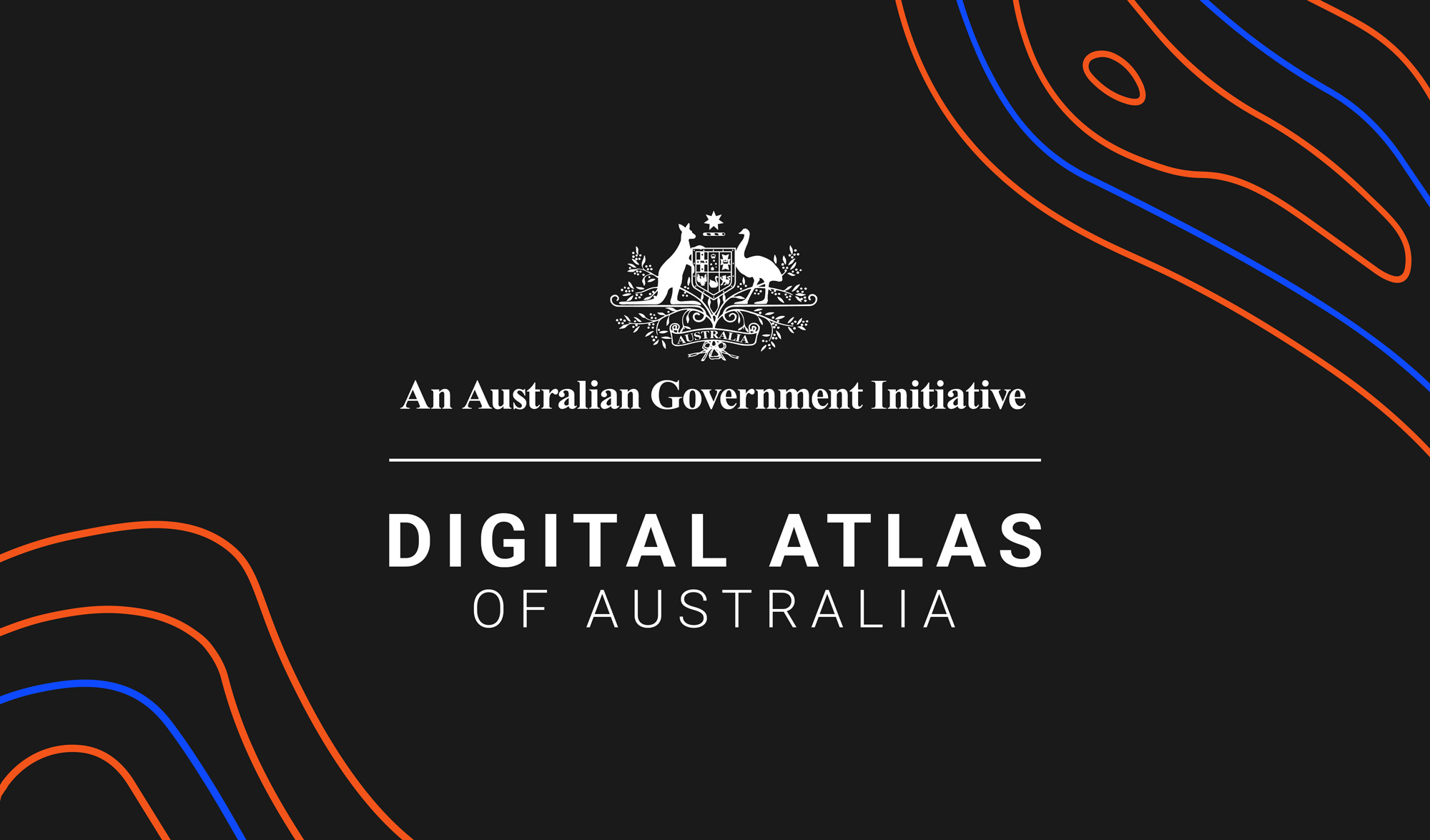Ensure your data is not buried in the deep web
The current estimate is that more than 80% of the web content is not indexed by search engines. This includes content that is intentionally hidden such as private repositories, but also some organisation specific repositories, academic databases and government reports.
Do you create geospatial data, vocabularies, styles, processes, services or ML models? Do you manage repositories of metadata to describe your resources? Rhe OGC API - Records Standard specifies standard interfaces to expose your resources and metadata, making them discoverable using a Standard vocabulary.
Implementations of the OGC API - Records Standard can ensure that search engines can index geospatial resources in a structured way, so that both humans and machines can find, assess/evaluate and access them.






